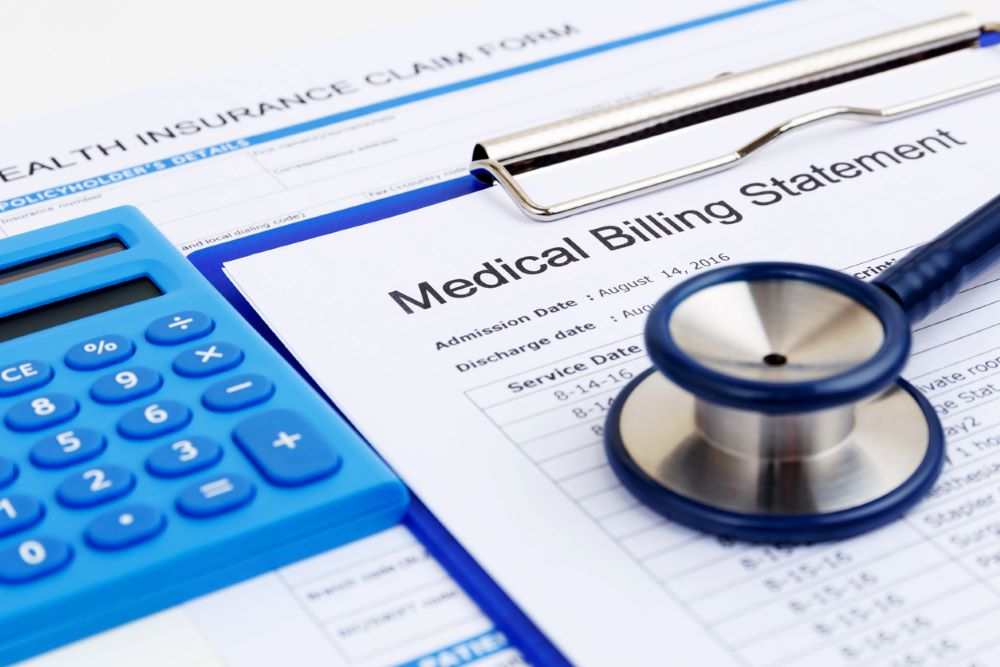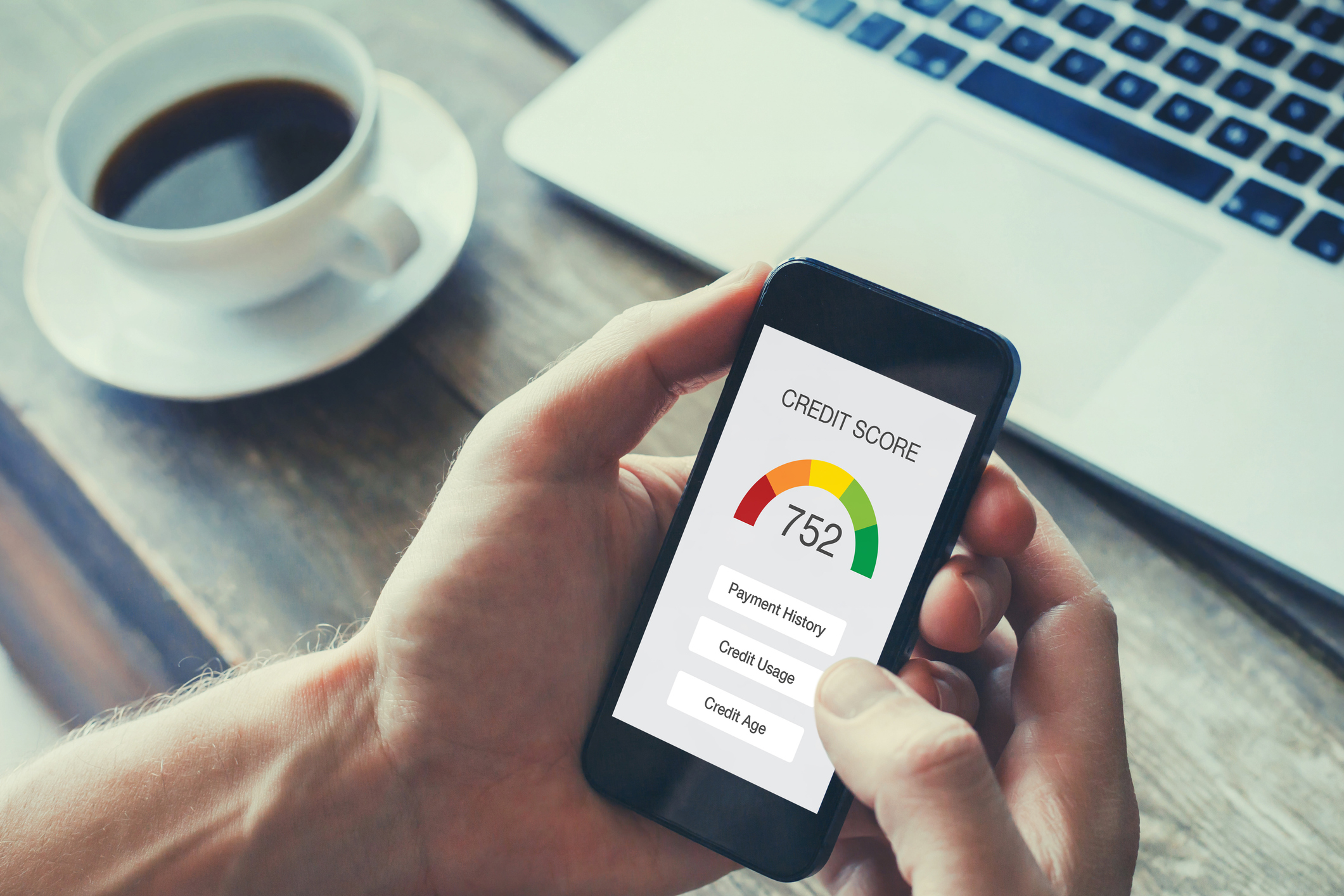According to Consumer Financial Protection Bureau, millions of Americans struggle to afford their medical debt with $88 billion in outstanding medical bills currently in collections in the United States. Many unpaid medical bills can land on credit reports, which can negatively impact credit scores. While there have been some positive updates to how medical bills get reported, many types of medical bills can still impact your credit if they go unpaid.
How Unpaid Medical Bills Affect Your Credit
The three major credit bureaus recently changed how they manage reporting medical debt. You now have a year to pay a medical bill before it gets reported as unpaid, giving consumers an additional six months to settle their bills. Starting in the first half of next year, medical debts under $500 will no longer be reported. The bureaus say these changes will erase nearly 70% of medical debts from credit reports.
But debts that are $500 or more and have gone unpaid for a year can still get reported as delinquent to the major credit bureaus. A delinquent debt added to your credit report can negatively impact your credit score and borrowing qualifications in creditors’ eyes.
How to Identify Inaccuracies on Your Medical Bills
When you receive a medical bill, you should make sure you understand every charge before you do anything. By identifying inaccuracies, you can reduce your bill, making it easier for you to pay and avoid negatively impacting your credit. Ultimately, the responsibility to identify and remove inaccurate information from your bill falls on you.
1. Make Sure You Have the Actual Bill
After a doctor’s visit or hospital stay, you may receive multiple documents from medical providers and your insurance company:
- Summary bill from the medical provider with the amount owed but no details
- Explanation of Benefits (EOB) from your insurance provider that details the charges covered by your health plan
- Itemized bill from the medical provider listing every service and supply you received
You want to review the itemized bill for inaccurate charges and the EOB to ensure your insurance covered everything it was supposed to. Call the medical provider and insurance company to get a copy if you don’t have them. Remember, you may receive multiple bills for a single medical issue – such as if you were in the hospital for surgery and you get separate bills from the hospital, surgeon and anesthesiologist.
2. Check the Basics
Verify your name, address and personal data is correct. Check that your health insurance information, including your insurance provider, policy number and group number, is correct. Look at the dates of service – for example, if you were in the hospital, make sure they didn’t tack on an extra day to your stay.
3. Understand the Codes
Each line item on your bill should include the service date, codes, a description, and the cost. To check each item for accuracy, you need a basic understanding of the medical codes on the bill:
- Universal HCPCS codes: each HCPCS code has a corresponding medical service or supply. HCPCS Level I codes represent services and procedures, while HCPCS Level II codes represent non-physician services like medical supplies. These codes are universal across the medical industry.
- ICD-10 codes: each ICD-10 code represents a diagnosis for which you received medical treatment and supplies. These codes are universal across the medical industry.
- Revenue codes: revenue codes are used in hospital billing. They represent the amount of money the hospital charges for each service or supply. These codes aren’t universal and vary between medical providers.
In addition to codes, the line item on your bill may contain a brief explanation of the service. You can look up the universal codes online to find out what they mean on the HCPCS codes database and ICD-10 codes database.
4. Review Each Item on Your Bill
Now that you know what the codes on your bill mean, you can start reviewing them for accuracy. You should be able to identify some legitimate items and flag the ones that need further explanation. Use these methods to spot inaccuracies:
- Look for services and supplies you aren’t sure you received. If there’s something you don’t know about, you can follow up with the medical provider.
- Look for services and supplies you received only once but were charged more than once.
- Verify that the ICD-10 codes correspond to your diagnosis. If you see an ICD-10 code for a health condition you don’t have, you may be getting overcharged.
- Check that you weren’t billed for medications or medical supplies you brought home or picked up later from the pharmacy.
- If you received the same procedure or supplies more than once, ensure the codes match and you were charged the same amount each time.
- Make sure the services add up to the total amount owed, minus what your insurance plan covered.
You should know that each item on your bill is accurate. If you find charges you aren’t sure about or believe to be inaccurate, you should contact the medical provider.
5. Check Your EOB
If you have health insurance, you should verify that your plan covered everything it was supposed to before you got the bill. Then, check that the medical bill matches up with the EOB. If there are discrepancies, they should be corrected before you pay.
Health insurance plans charge differently for in-network and out-of-network services. You should verify whether the medical provider was in-network or out-of-network and that your insurance company treated them accordingly.
- In-network means the health insurance company negotiated a lower price with the medical provider. Medical providers in the network are more affordable.
- Out-of-network means the health insurance company doesn’t have an agreement with the medical provider. Some health care plans don’t cover out-of-network care at all, while others charge you more for going out of network.
6. Get on the Phone
If you found inaccuracies or need help understanding your bill, contact the medical provider and ask to speak to the billing department. You have the right to have your bills explained to you. Remember, you have a full year to resolve a medical bill before it appears on your credit report, so there’s time to resolve billing issues.
Ask the medical provider to correct any issues you find and get documentation in writing attesting to the changes. If you found things your insurance should have covered but didn’t, contact them directly with your EOB and bill handy. Again, ask for written documentation.
7. Save Your Documents
Save all documents related to your medical bills for future reference, including your bill, EOB and other paperwork. If you have to sort out any issues in the future, keeping good records can prove valuable.
Monitor Your Credit Report for Inaccuracies
Don’t assume that the information on your credit reports is correct. Medical providers can make billing mistakes, which can make those inaccuracies to your credit report. You should ensure all debts, including medical bills, are reported fairly and accurately.
monitor your credit reports and scores to ensure that the new reporting guidelines are reflected. Medical debts that went to collections, but have since been paid, should no longer show up on your credit report. Medical bills under a year old should not appear on your report moving forward. Starting in the first half of next year, medical debts under $500 should not show up.
Beyond that, you should ensure that all debts on your credit report, including medical bills, are accurate, from the amount owed to the dates of service to the fact that you owe them. If this information is inaccurate, you might be able to dispute it and get it removed.
A credit monitoring service can provide credit reports from the major credit bureaus while informing you of any suspicious activity with your credit.













